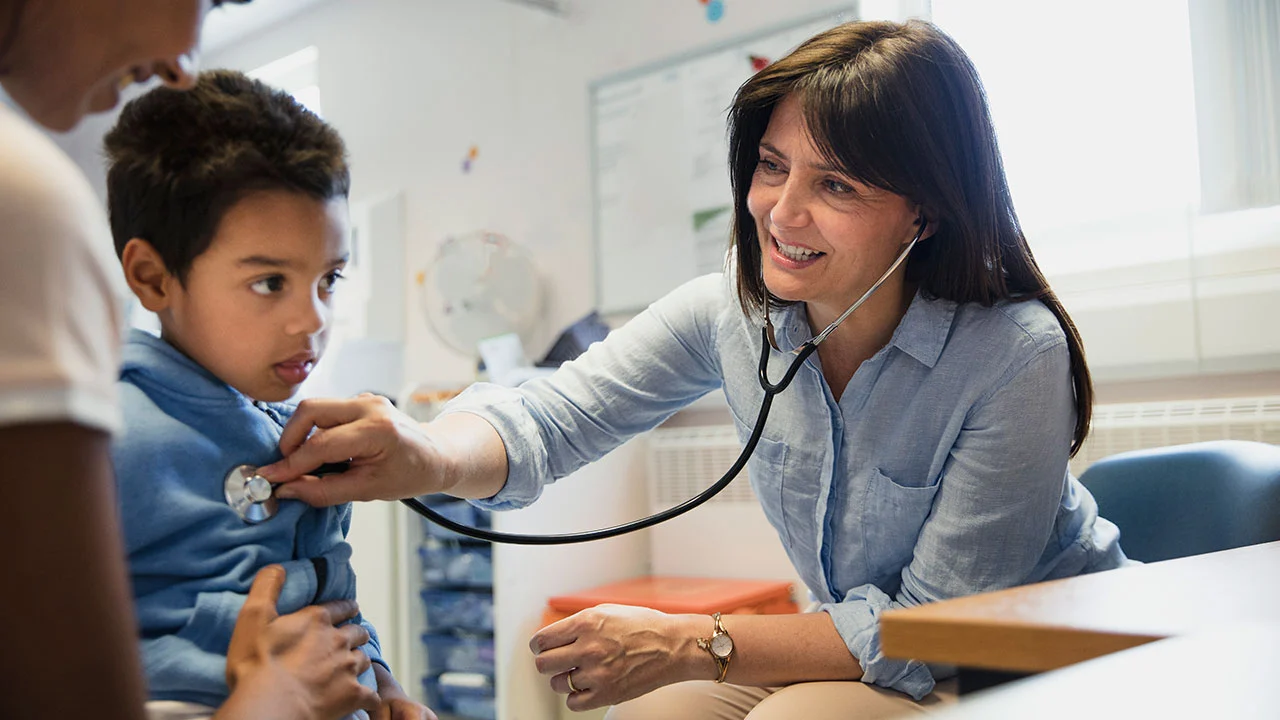
DiYES International School – As schools reopen during the early monsoon season, health experts express concerns. Increased infectious disease risks are expected among children in affected regions like Kochi, India. Waterborne illnesses, fungal infections, and dengue stand out as major threats. The long period of isolation during COVID-19 has weakened children’s immune systems. This immunity decline makes them more vulnerable to various infections. Parents, educators, and healthcare providers are urged to stay vigilant. Preventive measures and timely interventions become crucial in these times. The combination of monsoon rains and reopening schools creates a risky environment.
Monsoon season brings heavy rains and increased humidity. These conditions create a breeding ground for many infectious agents. Stagnant water after rains facilitates the spread of waterborne diseases. Children playing outside are more exposed to contaminated water sources. Diseases like cholera, typhoid, and diarrhea tend to rise during this period. Fungal infections also thrive in humid environments. Skin infections caused by fungi can spread quickly among school children. Dengue fever remains a major concern due to mosquito breeding in stagnant water. Public health campaigns usually intensify their efforts during monsoon. Yet, after the pandemic, the risks appear even higher.
“Read about: Healthier Futures: CBSE Introduces Sugar Education in Schools”
Children’s immune systems benefit from regular exposure to common germs. COVID-19 lockdowns and isolation reduced this natural exposure. As a result, many children’s immunity is lower than before. This weakened immunity increases their susceptibility to infections. Experts warn this could lead to more frequent and severe illnesses. Infections that were once mild might now pose bigger risks. The lack of social interaction also impacted children’s overall health. Reduced physical activity and poor nutrition during isolation play a role. As schools reopen, children face increased contact with peers. This contact raises chances of disease transmission substantially. Parents must now take extra precautions to protect their children.
Schools and parents need to work together to reduce infection risks. Proper hygiene practices such as regular handwashing should be enforced strictly. Schools can provide hand sanitizer stations in classrooms and common areas. Wearing masks during peak infection times can reduce airborne diseases. Schools should improve cleaning routines, especially during monsoon months. Keeping classrooms dry and well-ventilated helps reduce fungal infections. Parents should monitor children for early signs of illness regularly. Early medical consultation can prevent complications from infections. Vaccination campaigns for preventable diseases remain essential. Community awareness programs can educate families about risks and protections.
“Read more: Smart Insulation: Transforming Garage Doors into Energy-Efficient Barriers”
Healthcare providers play a crucial role in managing post-pandemic health challenges. They offer guidance on preventing and treating common infections in children. Local health authorities must coordinate closely with schools for timely outbreak responses. Mobile health clinics and school health check-ups improve early detection of illnesses. Community support networks help families maintain good health practices at home. Educating caregivers about proper nutrition boosts children’s immune recovery significantly. Mental health support is also vital after prolonged isolation periods. A holistic approach ensures children’s overall well-being during these difficult times. Such collaborative efforts are essential to address the increased infectious disease risks for children effectively. By working together, healthcare providers, schools, and communities can mitigate the impact of these health threats. This teamwork fosters safer environments as children return to school.